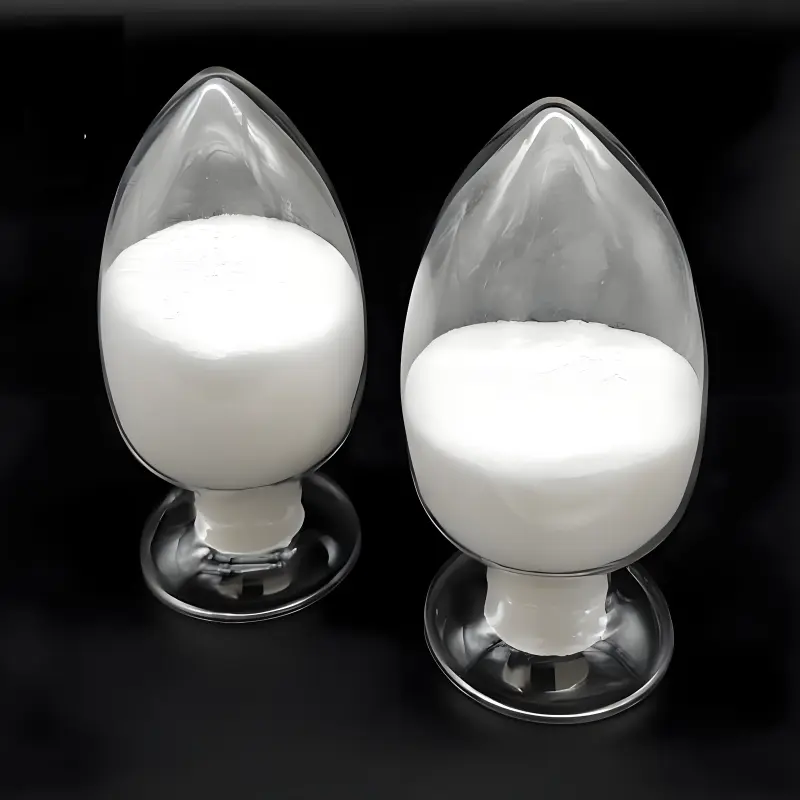-
Categories
-
Pharmaceutical Intermediates
-
Active Pharmaceutical Ingredients
-
Food Additives
- Industrial Coatings
- Agrochemicals
- Dyes and Pigments
- Surfactant
- Flavors and Fragrances
- Chemical Reagents
- Catalyst and Auxiliary
- Natural Products
- Inorganic Chemistry
-
Organic Chemistry
-
Biochemical Engineering
- Analytical Chemistry
-
Cosmetic Ingredient
- Water Treatment Chemical
-
Pharmaceutical Intermediates
Promotion
ECHEMI Mall
Wholesale
Weekly Price
Exhibition
News
-
Trade Service
In recent decades, the incidence of obesity has continued to rise, reaching more than 30% of the American population .
Overweight and obesity, as well as nutrition-related non-communicable diseases are still the main health problems in the country .
Studies have shown that overweight and obese patients are at higher risk of death due to COVID-19 infection .
Overweight and obesity, as well as nutrition-related non-communicable diseases are still the main health problems in the country .
Studies have shown that overweight and obese patients because COVID-19 COVID-19 infection higher risk of death .
Infect
BBC
BBC BBCThe quality of diet can seriously affect health outcomes, especially for non-communicable diseases related to nutrition
.
A number of studies have shown that ultra-processed foods and lower dietary quality can lead to the risk of obesity, diabetes , high blood pressure and all-cause mortality
The quality of diet can seriously affect health outcomes, especially for non-communicable diseases related to nutrition
Recently, a study published in the Journal of Nutrition examined the energy, sodium, sugar, and saturated fat consumed by American adults using Chilean standards as junk food
Under normal circumstances, the identification of junk food is mainly through food groups rather than adding nutrients and ingredients
.
However, the Chilean nutrient profile model uses nutrients and food components to define junk food
Under normal circumstances, the identification of junk food is mainly through food groups rather than adding nutrients and ingredients
The results show that 47% of the energy consumed by American adults , 75% of total sugars, 46% of sodium, and 48% of saturated fats consumed by American adults come from junk food .
Sugary drinks account for more than 40% of the total sugar intake from junk food .
47% of energy, 75% of total sugars, 46% of sodium and 48% of saturated fats come from junk food .
The average total sugar intake from junk food consumed by 10,001 U.
S.
adults in NHANES from 2015 to 2018.
The average total sugar intake from junk food consumed by 10,001 U.
S.
At the same time, non-Hispanic blacks had the highest average energy, total sugar and sodium intake from junk food, while non-Hispanic whites had the highest saturated fat intake
The average total energy intake from junk food consumed by 10,001 U.
S.
adults in NHANES from 2015 to 2018.
S.
adults in NHANES from 2015 to 2018.
The average total energy intake from junk food consumed by 10,001 U.
S.
adults in NHANES from 2015 to 2018.
In short, American adults consume a large portion of their energy and sugar from junk food sources, and these findings are consistent with other studies in the United States
.
At the same time, the study found that differences in junk food intake among subgroups of the American society require policies or plans to help reduce junk food consumption
In short, American adults consume a large portion of their energy and sugar from junk food sources, and these findings are consistent with other studies in the United States
.
At the same time, the study found that differences in junk food intake among subgroups of the American society require policies or plans to help reduce junk food consumption
.
American adults consume a large part of their energy and sugar from junk food sources, and these findings are also consistent with other studies in the United States
.
At the same time, the study found that differences in junk food intake among subgroups of the American society require policies or plans to help reduce junk food consumption
.
Original source
Original sourceElizabeth K Dunford , Barry Popkin , Shu Wen Ng .
Junk Food Intake Among Adults in the United States.
The Journal of Nutrition , nxab205, https://doi.
org/10.
1093/jn/nxab205
Junk Food Intake Among Adults in the United States.
The Journal of Nutrition , nxab205, https://doi.
org/10.
1093/jn/nxab205 Junk Food Intake Among Adults in the United States .
The Journal of Nutrition https://doi.
org/10.
1093/jn/nxab205 Leave a message here






